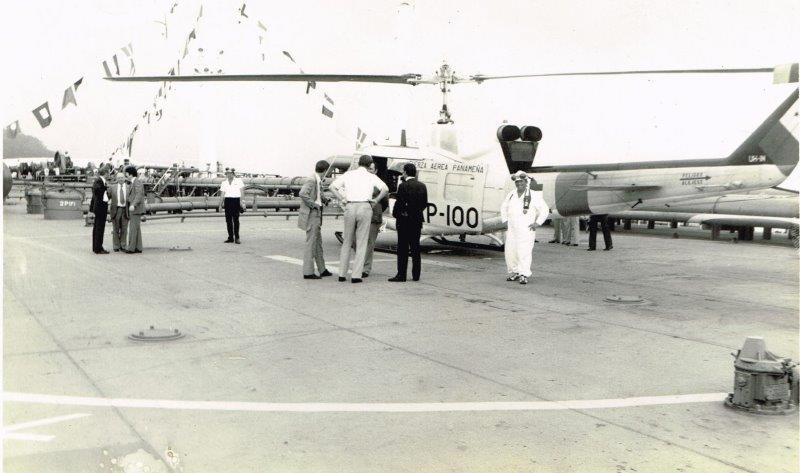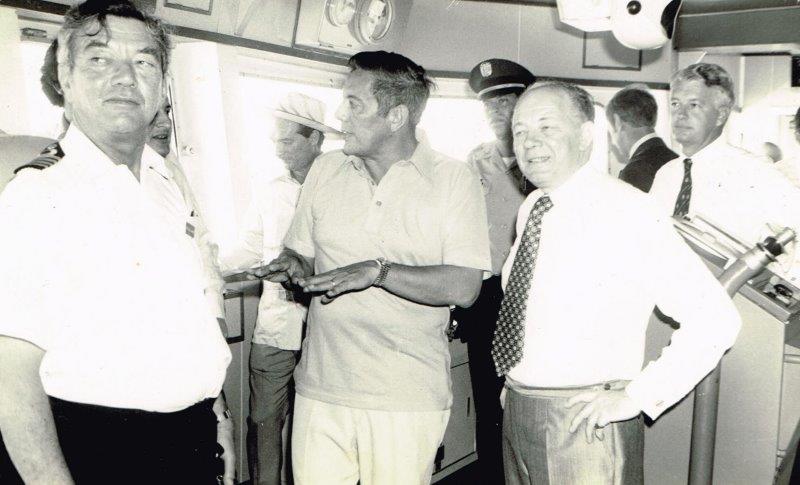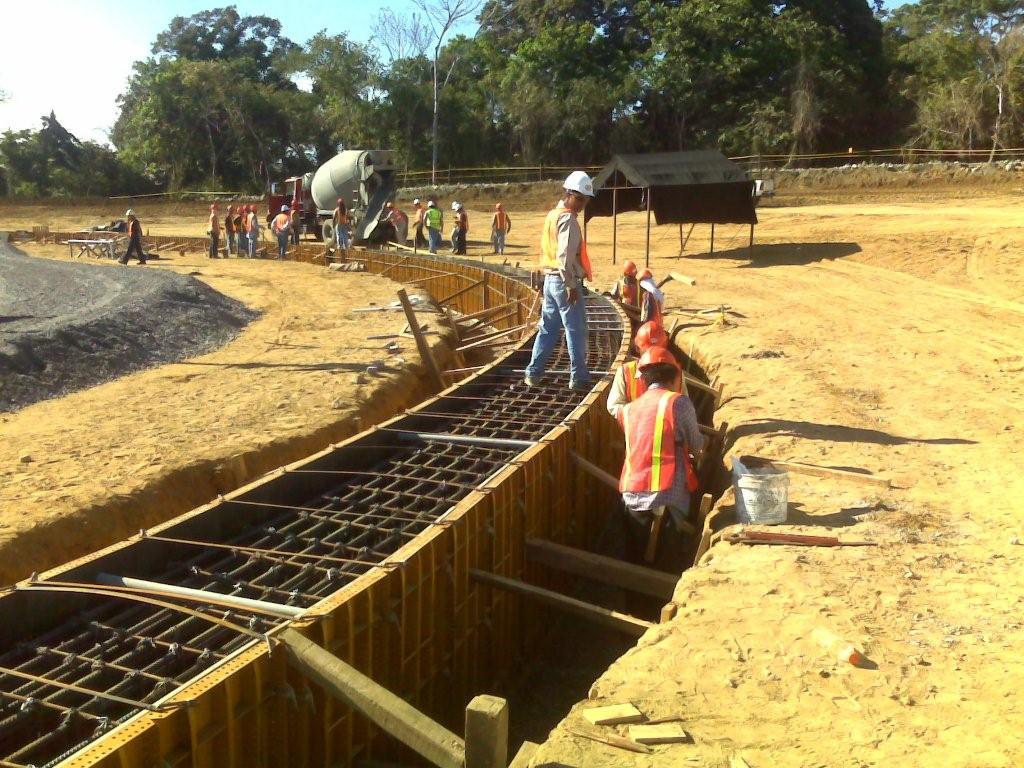
Origins
The beginnings of Petroterminal de Panamá (PTP) date back to the late 1970s, when Alaskan oil production began with large volumes and there was a need to transport the surplus to the East Coast of the United States of America, using “Very Large Crude Carrier” (VLCC) tanker ship, which due to their size could not transit through the Panama Canal.

